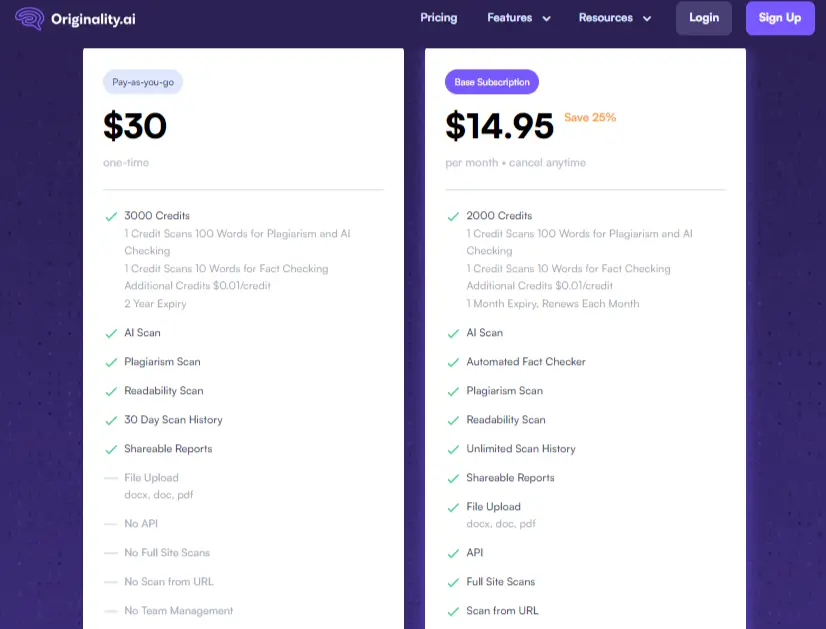The world of eCommerce is rapidly evolving, and businesses are constantly seeking new ways to stay competitive. One powerful method that is revolutionizing online sales is dynamic pricing powered by Artificial Intelligence (AI). By leveraging AI, eCommerce platforms can automatically adjust product prices in real time based on a variety of factors, ultimately maximizing profits, improving conversion rates, and enhancing customer satisfaction.
What Is Dynamic Pricing?
Dynamic pricing refers to the strategy of changing your product prices based on market demand, competitor pricing, customer behavior, and other data-driven factors. Instead of sticking to a fixed price model, dynamic pricing allows for flexibility and responsiveness, ensuring that prices align with current market trends and customer expectations.
With AI, this pricing model becomes even more sophisticated. AI algorithms learn from large datasets to make informed pricing decisions that manual methods simply can’t match.
How AI Enhances Dynamic Pricing
AI can process vast amounts of data in real-time to identify patterns and make predictions. Here are several ways AI enhances dynamic pricing for eCommerce:
- Competitor Analysis: AI can scrape and analyze competitor websites to understand market pricing trends and recommend price changes accordingly.
- Customer Segmentation: AI segments customers based on behavior, location, and purchasing power to recommend personalized prices or discounts.
- Demand Forecasting: Machine learning algorithms can predict when demand will increase or decrease, allowing businesses to adjust prices ahead of time.
- Inventory Management: Prices can be adjusted based on stock levels—lowering prices to move stagnant inventory or increasing them when stock is low.
- Time-Based Adjustments: AI enables price optimization at different times of the day, week, or season to match customer buying habits.

Implementing AI-Powered Dynamic Pricing in Your eCommerce Store
Interested in adopting AI-driven pricing? Here’s how to get started:
Step 1: Choose the Right AI Tools
There are numerous AI-driven dynamic pricing tools available. These platforms use machine learning algorithms to continuously optimize prices based on your chosen goals, such as maximizing revenue or market share. Popular examples include:
- Prisync
- DynamicPricing.AI
- IntelligenceNode
- Omnia Retail
Make sure to evaluate features like integration capabilities with your eCommerce platform, scalability, and the ability to set custom pricing rules.
Step 2: Define Pricing Rules and Objectives
Before deploying dynamic pricing, it’s important to define your business goals. Do you want to undercut competitors, maximize profit margins, increase sales volume, or balance stock levels? AI tools allow you to set parameters and rules that align with your objectives.
Step 3: Gather and Prepare Data
AI systems are only as good as the data they analyze. You’ll need access to clean, consistent data, such as:
- Historical sales data
- Competitor pricing
- Customer demographics
- Seasonal trends
- Inventory levels
Ensure your eCommerce system captures and shares this data effectively.
Step 4: Monitor Results and Refine Strategy
Once you implement AI-powered dynamic pricing, regularly monitor the results. Most platforms provide dashboards and analytics tools that show the impact of pricing changes on key metrics like sales volume, profit margins, and customer churn.
Benefits of AI-Driven Dynamic Pricing
Using AI for pricing goes beyond just automation. It provides a plethora of benefits that can drive your business forward:
- Real-Time Responsiveness: Instantly adjust to market changes, ensuring you stay competitive.
- Increased Revenue: Maximize profit by charging what customers are most likely to pay.
- Personalized Shopping Experience: Offer tailored prices that enhance customer engagement and loyalty.
- Operational Efficiency: Reduce the burden of manual pricing and eliminate human error.
Challenges to Consider
While AI-powered pricing offers many advantages, it’s not without its challenges. These include:
- Customer Trust: Frequent price changes may confuse or alienate customers if not transparently communicated.
- Algorithm Bias: AI systems can sometimes inherit biases from the data they’re trained on.
- Compliance: Be mindful of regulations around price discrimination and consumer rights.
Conclusion
AI-powered dynamic pricing is an innovative and effective strategy for eCommerce success. By intelligently adapting to market changes, competitor actions, and customer behaviors, you can take your pricing strategy to the next level. While it requires thoughtful implementation, the potential for revenue growth and improved customer experience is immense.
As technology advances, dynamic pricing with AI is becoming less of an optional feature and more of a competitive necessity. If you want to future-proof your eCommerce business, now is the time to embrace AI-driven pricing.
